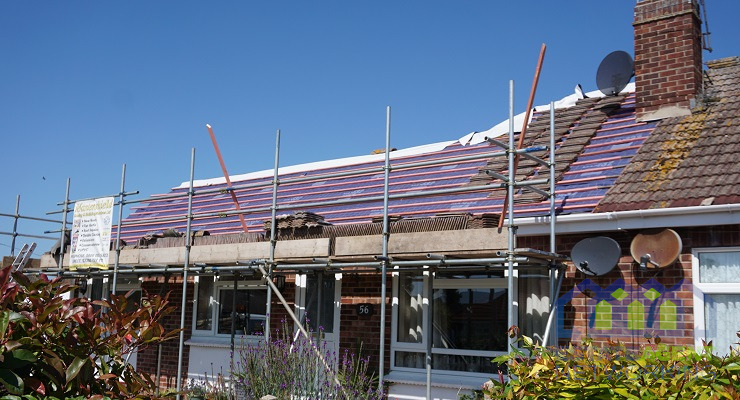How to Safely use Scaffolding Around the Home
If you have any work to be done around the outside of your home at a height you can’t easily reach, your first answer is to go for a ladder.
But though they don’t look like a hazard, ladders are in fact very dangerous pieces of equipment responsible for many injuries that result in minor injuries, serious injury, disability, psychological injuries and even death!
Working from a scaffold might seem a bit extreme and a lot of work just to set up, but it is far safer. A scaffold is far more stable, makes it easier to reach into those tricky spots safely, and doesn’t require you to regularly climb down, move the ladder, then climb back up again.
To make it even easier, you could call in a scaffolding company in Essex to set the scaffold up, or alternatively, it’s not that difficult to assemble the scaffolding yourself.
Renting scaffolding
Instead of fighting and struggling with ladders that often aren’t long enough or can’t be kept stable, a scaffold can be rented and will provide you with a large, stable work platform.
For a standard set up, use 5-ft. standard end frames and cross braces to make a 7-ft. long scaffold. The main components include base plates, a guardrail system, frames, and cross braces that you stack and combine end to end to make larger scaffolds. Rent adjusting screws and base plates to make leveling on uneven ground easy. Rent casters if you plan to move the scaffolding. The scaffolding company will give guidance on the appropriate size and style of scaffold for your job.
Limit the height to two sections, because after that, stability can become difficult.
You’ll be able to reach all areas easily and get the job finished in half the time because guardrails provide you with protection from falling. You can concentrate solely on the job at hand and not have half your brain working on how not to fall off a ladder.
Assembling your scaffolding
This might seem like it is difficult and time consuming, but it is no more difficult than a child’s puzzle provided you carefully follow the simple instructions which you can get from the scaffolding company and all over the internet.
Make sure you start with a sound foundation on firm ground, ensuring that the surface is level.
Add planks and guardrails. You don’t need rails facing the house provided you are closer than 14 inches. Use planks provided by the scaffolder rather than organizing your own as they are unlikely to be strong enough.
You can add casters which allow you to easily move your scaffolding if you need it for tasks in more than one area of the house.
Once you have your scaffold in place, double-check that it is level and resting securely.
Major hazards to avoid
Be aware of power lines. Don’t set up the scaffolding anywhere near power lines. If you have casters on your scaffold so that it can be moved, again, be careful when moving the scaffold that you keep away from any power lines.
Lock any casters before you climb onto the scaffolding, and when you udo move the scaffold, make sure you have removed all tools form the scaffold. You don’t want a hammer falling g6 feet onto your head!
Finally, be aware of the terrain you are moving the scaffold over, uneven ground or holes could make it tip over.









